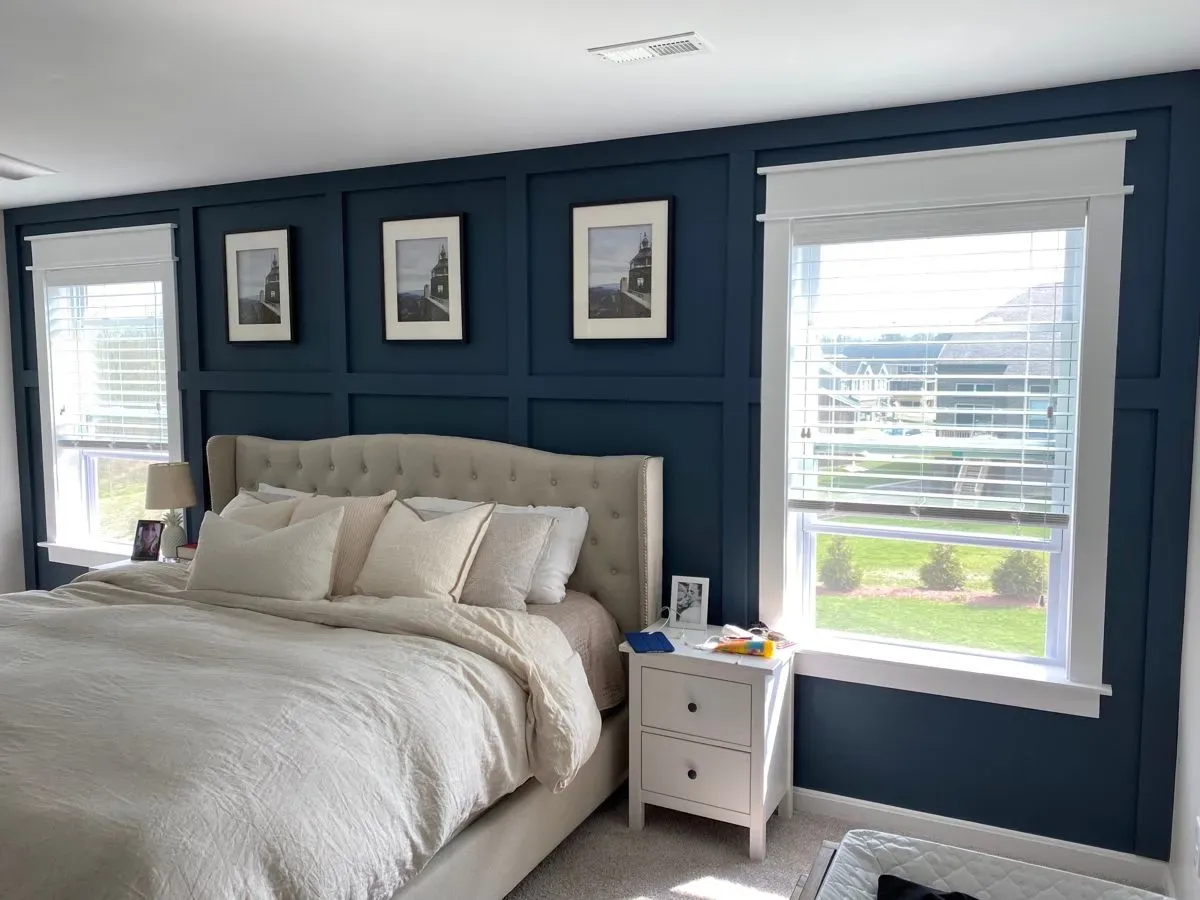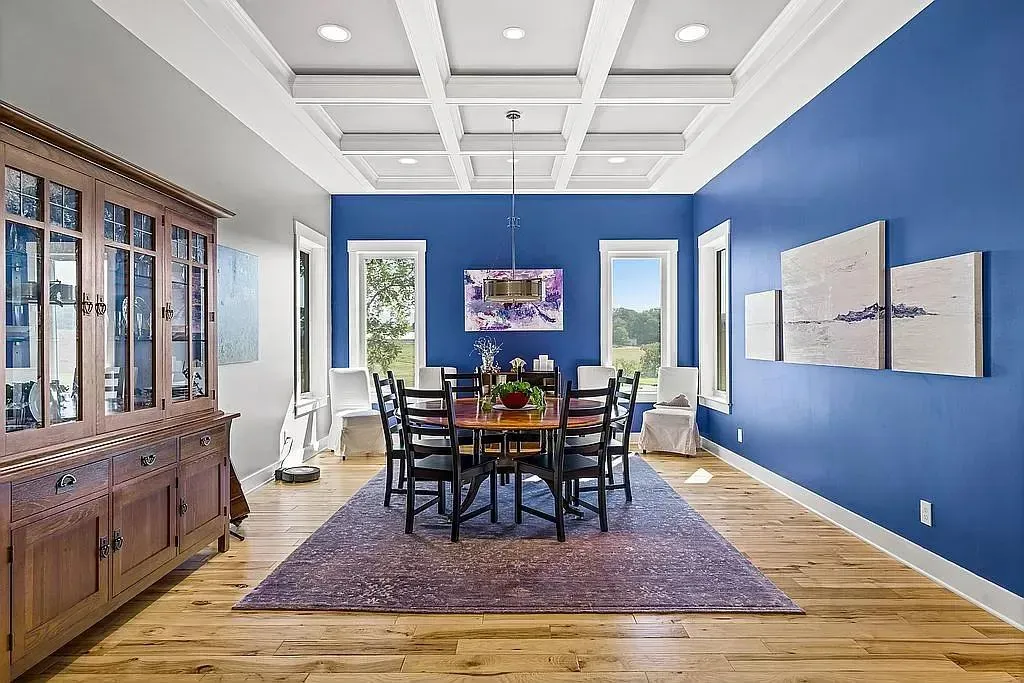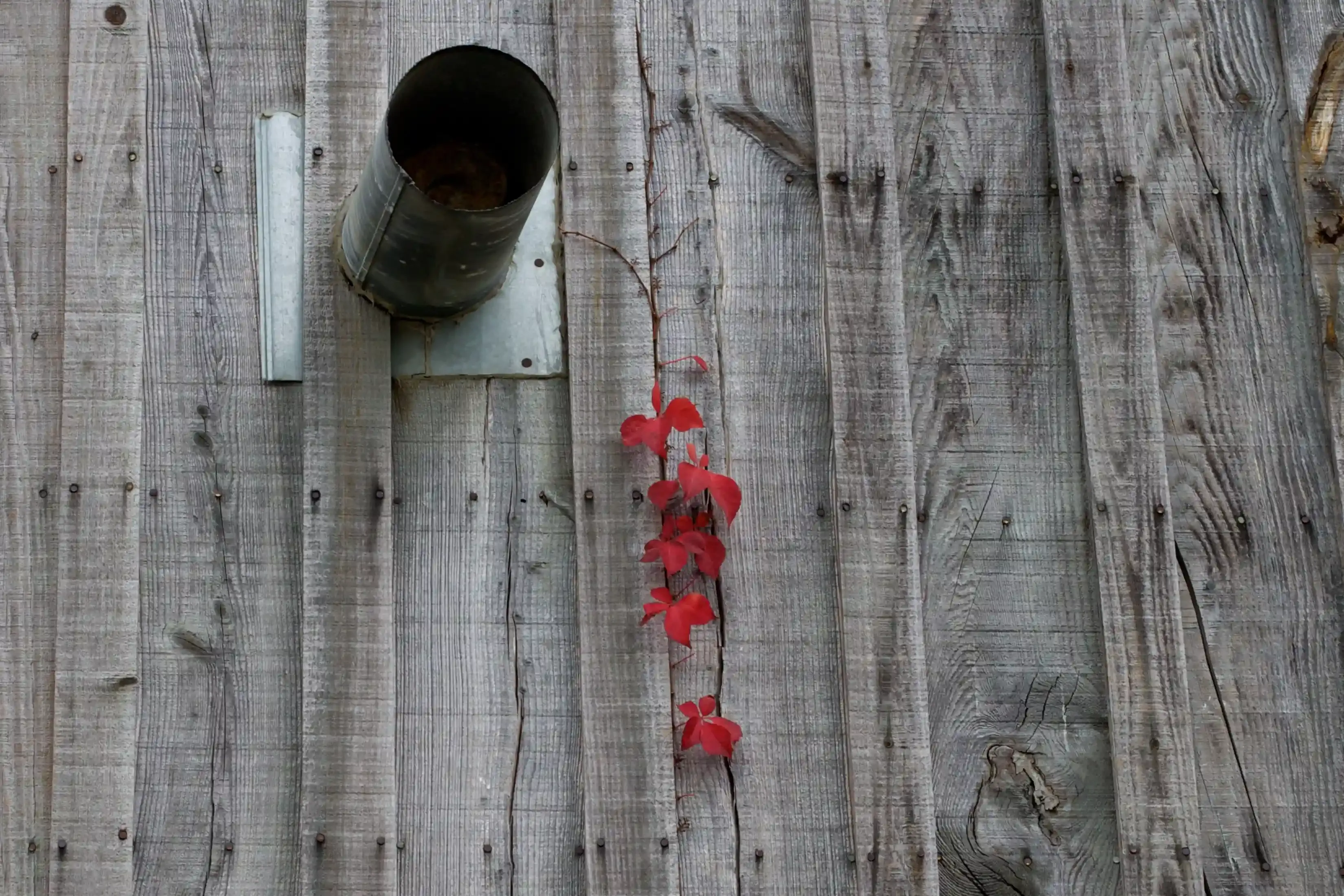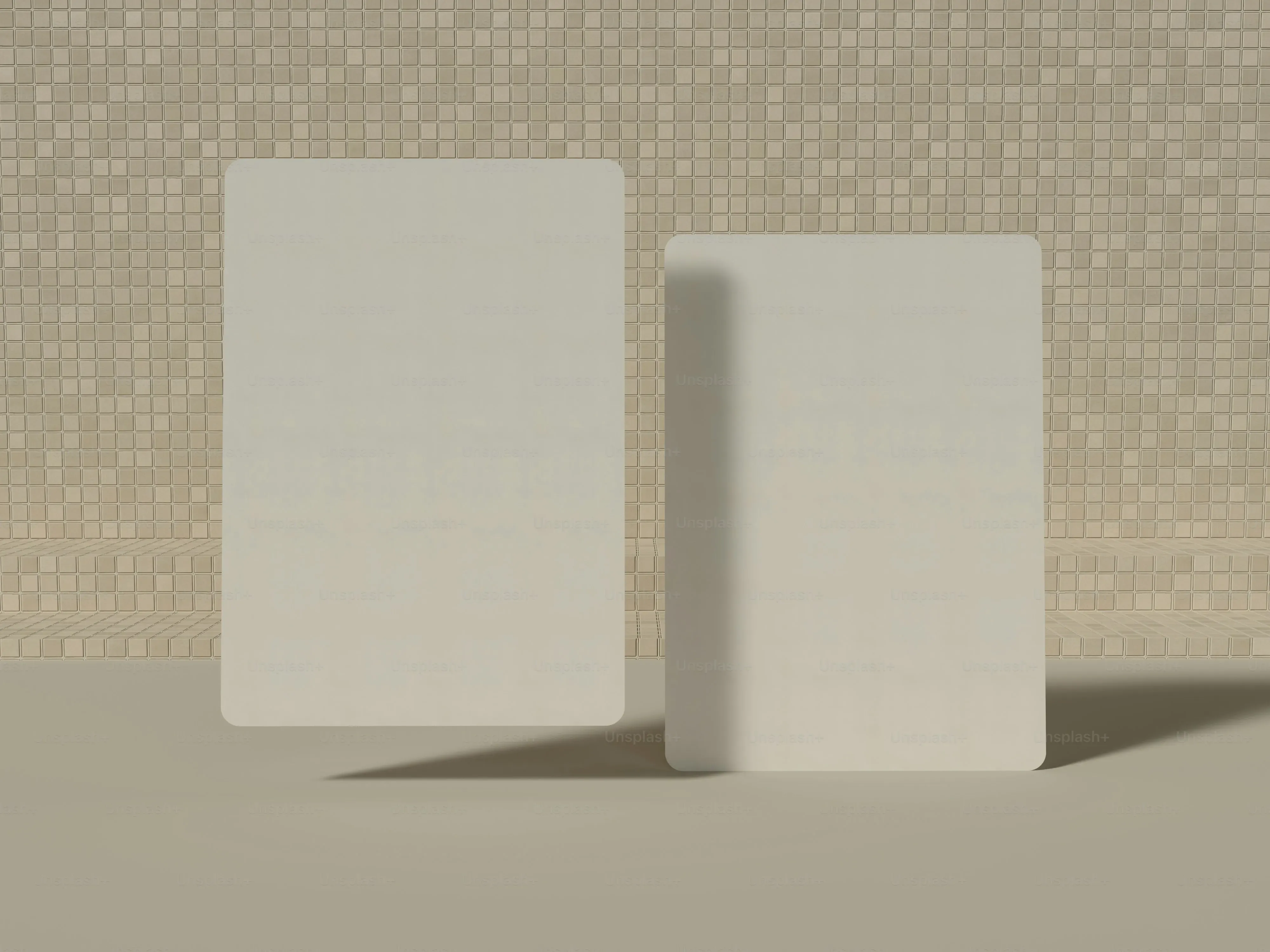Table of Contents
So, you've seen the single accent wall. It's the go-to move for adding a splash of color or texture without committing to the whole room. Simple, effective, maybe a little... safe? But what if you're feeling bolder? What if one wall just isn't cutting it, or you have two spots crying out for attention? That's when the idea of 2 accent walls pops into your head. Immediately, you might picture a visual train wreck, a room fighting with itself, or maybe just confusion about where to even start.
Beyond the Single Wall: Why Two Accent Walls?

Beyond the Single Wall: Why Two Accent Walls?
Breaking Free from the One-Wall Wonder
Alright, let's be honest. The single accent wall? It's the avocado toast of interior design – perfectly fine, widely accepted, maybe a little overdone. It's the easy answer when you want *some* visual interest without committing. You pick the wall behind the sofa or the bed, splash some bold color or stick up some wallpaper, and call it a day. And look, there's nothing inherently wrong with that. It adds a focal point, sure. But it can also feel a bit... isolated. Like that one person at the party trying a little too hard to stand out while the rest of the room just, well, exists.
Defining Space and Adding Depth
This is where considering 2 accent walls comes into play. It's not about doubling down on a single idea; it's about creating a conversation between different parts of the room. Think about an open-plan living/dining area. A single accent wall might highlight the dining table, but the living space still feels a bit adrift. Introduce a second accent wall, maybe on the wall where the TV lives or a perpendicular wall in the seating area, and suddenly you've subtly defined two distinct zones within the larger space. It adds layers and a sense of intention that a lone wall simply can't provide.
- Defines separate functional areas in a room.
- Adds visual interest beyond a single focal point.
- Creates a more dynamic and layered design.
- Can make a large room feel cozier or add energy to a smaller one.
More Than Just Color: Texture and Material
And we're not just talking about paint here. While color is the most common approach, 2 accent walls open up possibilities with texture and material. Imagine a living room where one wall behind a fireplace is clad in stacked stone, and the opposite wall features a subtle grasscloth wallpaper. Neither is screaming for attention over the other, but together, they build a richer sensory experience. It moves the design conversation from just "what color?" to "how does this space feel?" It's about curating moments within the room, guiding the eye without creating a visual shouting match.
Where to Place Your 2 Accent Walls for Maximum Impact

Where to Place Your 2 Accent Walls for Maximum Impact
The Obvious and the Adjacent: Playing it Safe (Mostly)
so you're sold on the idea of 2 accent walls. Great. Now, where do these magical walls actually go? The simplest approach, and often the most effective in standard rooms, is choosing two walls that share a corner. Think the wall behind your bed and the one perpendicular to it where a dresser or window sits. This creates a cozy nook, a defined zone that feels intentional, not accidental. It works because the eye naturally follows the corner, connecting the two elements. It feels grounded. Another relatively straightforward option is two walls on opposite ends of a longer room, perhaps highlighting a fireplace on one side and a large piece of art or a console table on the other. This can help balance the room and draw the eye through the space, preventing it from feeling like a bowling alley.
Beyond the Corner: Creating Zones and Drama
But you don't have to stick to adjacent or opposing walls. Sometimes the best placement for 2 accent walls is about function and flow. In an open-concept space, using accent walls can clearly delineate areas. Maybe you paint the wall behind the dining table one color and the wall where the main seating area is another, perhaps using different textures. This tells visitors, without a single sign, "This is where we eat," and "This is where we chill." It’s about visual cues. You might also pick walls with architectural features – maybe one with a large window and another with a built-in bookshelf. Highlighting these features with distinct treatments draws attention to the room's best assets and adds character.
So, are you highlighting existing features or creating new zones?
Picking the Perfect Pair: Colors and Textures for 2 Accent Walls
Color Harmony or Calculated Contrast?
you've picked your walls. Now for the fun (and potentially terrifying) part: color. When you're dealing with 2 accent walls, you aren't just picking one showstopper; you're picking two that need to coexist. You can go the harmonious route, choosing two colors from the same color family but maybe different shades – like a deep navy on one wall and a lighter dusty blue on the other. This creates a subtle shift, adding depth without jarring the eye. It’s sophisticated, understated. Or, you can go for contrast. This is trickier. Think complementary colors (across from each other on the color wheel) or a bold color paired with a neutral with a strong undertone. A deep emerald green paired with a warm terracotta, for instance. The key here isn't just picking two colors you like; it's ensuring they relate to the rest of the room's palette. The accent colors should appear elsewhere in your decor – in pillows, art, rugs, even small accessories. This ties the two walls into the overall design and prevents them from looking like isolated, colorful islands.
Layering Texture and Material Magic
Beyond just paint, introducing texture and different materials elevates the concept of 2 accent walls significantly. One wall could be painted a rich color, while the second wall gets a textural treatment – maybe a grasscloth wallpaper for warmth, a geometric pattern for energy, or even something like shiplap or reclaimed wood for a rustic or coastal feel. This adds another dimension, engaging the sense of touch (visually, anyway) and making the space feel more curated. You could even combine different materials entirely. Picture one wall with exposed brick (real or faux) and the adjacent wall painted a deep, moody grey. This creates a powerful visual statement, contrasting the rough, earthy texture with the smooth, flat paint. It's about building layers and visual interest that draw you into the space, rather than just presenting a flat surface.
So, are you leaning towards subtle shades or bold statements?
Avoiding the Double Trouble: Mistakes with 2 Accent Walls

Avoiding the Double Trouble: Mistakes with 2 Accent Walls
Treating Them Like Competing Superstars
Look, the biggest blunder people make with 2 accent walls is thinking both walls need to scream for attention. It's like putting two lead singers who hate each other on the same stage – chaotic and unpleasant. You see this when someone picks two incredibly bold, clashing colors or two highly intricate patterns and slaps them onto adjacent walls. The eye doesn't know where to land. It feels restless, like the room is vibrating with visual noise. A successful pair of 2 accent walls works together, either through harmony or calculated contrast, but they aren't engaged in a battle royale for your gaze. One might be the headliner, the other the incredibly talented backup singer that makes the whole performance better.
Ignoring the Room's Bones and Balance
Another classic slip-up is choosing walls that don't make sense structurally or functionally. Painting two tiny, awkward wall fragments as accent walls just highlights their awkwardness. Or picking two walls that chop up the space illogically, making a normal-sized room feel cramped or confusing. You need to respect the architecture you're working with. Are the walls symmetrical? Do they have interesting features? Does adding color or texture here actually enhance the room's layout and purpose, or does it just arbitrarily break things up? A common mistake is accenting walls with doorways or windows placed awkwardly off-center, which only draws attention to the imbalance. It's about enhancing the room's flow, not fighting it.
- Don't pick walls with awkwardly placed doors or windows.
- Avoid accenting small, insignificant wall fragments.
- Ensure the walls you choose support the room's function and layout.
- Consider the room's natural focal points before selecting walls.
Forgetting Everything Else in the Room
Finally, the fatal flaw: designing your 2 accent walls in a vacuum. You pick the colors or textures you love, apply them, and then wonder why the room feels disconnected. Your accent walls aren't standalone art installations; they are part of a larger ecosystem. Their colors, textures, and overall vibe need to connect back to your furniture, your art, your rugs, your accessories, even the trim color. If your walls are a bold teal and a fiery orange, but your sofa is beige and your art is all muted landscapes, it's going to feel disjointed. The accent wall colors should echo elsewhere in the space, even in small doses. This is how you create a cohesive, pulled-together look, rather than just a room with some loudly decorated walls.
Designing with 2 Accent Walls: Room by Room Guide

Designing with 2 Accent Walls: Room by Room Guide
Living Room Logic: Defining Zones and Focal Points
Alright, let's tackle the living room. This is often the hub, the place where multiple activities happen, especially in open layouts. Using 2 accent walls here isn't just for looks; it's functional. Consider a long living room. You could paint the wall behind the main sofa a rich, grounding color – maybe a deep forest green or a moody charcoal. Then, on the opposite end, perhaps the wall where your television is mounted or a large bookcase stands, use a different treatment. This could be a complementary color, a textured wallpaper, or even a different material like wood slats. This instantly creates two distinct zones: the relaxation/conversation area and the media/display area. It breaks up the visual length and gives each part of the room its own identity without chopping it in half. It's about guiding the eye and making the space feel more thoughtfully arranged.
Bedroom Bliss: Creating a Cozy Retreat
Moving to the bedroom, the goal with 2 accent walls is usually about creating a sense of intimacy and comfort. The obvious choice is the wall behind the bed. This is your primary focal point, the anchor of the room. Give it a luxurious treatment – maybe a deep jewel tone paint, a padded headboard wall, or a beautiful wallpaper. For the second accent wall, look to an adjacent wall, perhaps where you have a reading chair, a vanity, or a significant piece of art. Using a softer color from the same family as your main accent, or a subtle texture like grasscloth, on this second wall can wrap the corner and make the sleeping area feel like a cozy, intentional nook. It’s less about defining separate zones here and more about enveloping the space, making it feel like a true retreat rather than just a box with a bed in it. It’s about layering comfort and visual interest right where you want it most.
Room | Suggested 2 Accent Wall Placement | Potential Treatments |
|---|---|---|
Living Room | Behind sofa + opposite wall (TV/bookcase) | Bold paint + textured wallpaper; Complementary colors |
Bedroom | Behind bed + adjacent wall (reading nook/dresser) | Deep color + subtle texture; Wallpaper + coordinating paint shade |
Dining Room | Wall with buffet + opposite wall (large art) | Rich color + metallic wallpaper; Wainscoting + painted wall above |
Two Walls, No Regrets? Wrapping It Up
So, there you have it. Tackling 2 accent walls isn't just slapping paint on two surfaces and hoping for the best. It requires thought, a plan, and a bit of nerve. When done right, it moves your room beyond the predictable, adding layers of visual interest and defining function. When done wrong, well, you end up with a space that feels like it's having an identity crisis. The goal isn't just to have two different walls; it's to have two walls that work together, and with the rest of the room, to create something cohesive and striking. It's a higher degree of difficulty than the solo accent wall, sure, but the payoff can be significant. Just remember the principles, avoid the common blunders, and maybe don't try to make every wall scream for attention simultaneously.
